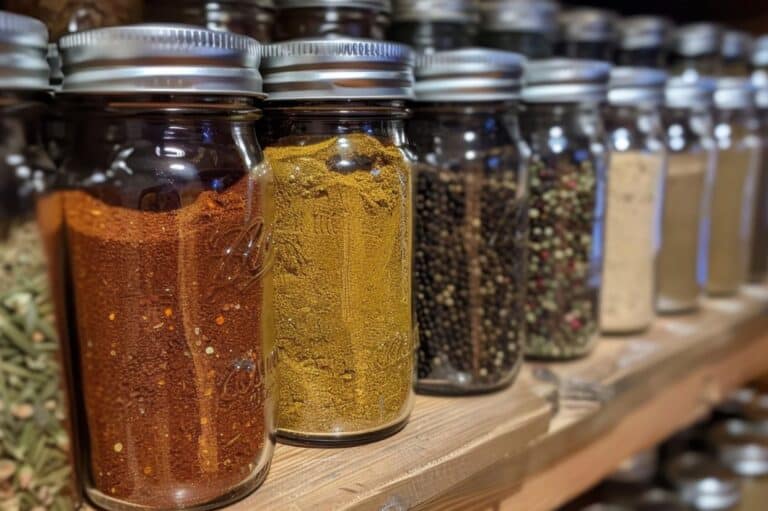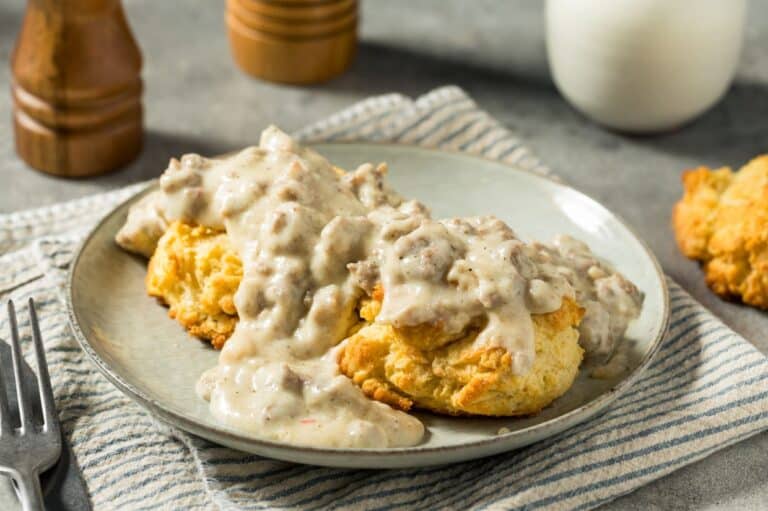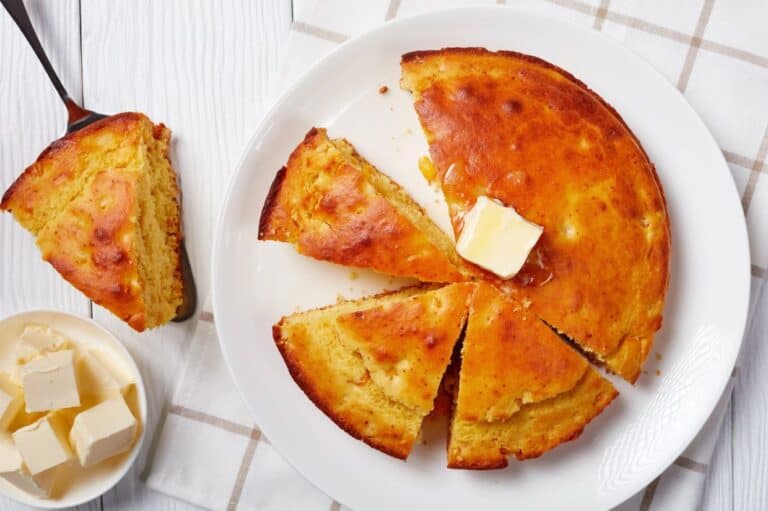In the world of Southern cooking, there are a few staples everyone knows: Fried chicken, biscuits, cornbread and grits, just to name a few. But tucked away in family cookbooks and fading memories are some special dishes that haven’t reached the limelight of today’s Southern menus. These forgotten Southern classics tell stories of traditions, resourcefulness and a deep love of flavor that has shaped the South for centuries. So, let’s dust off those old recipe cards and look at some Southern dishes that deserve a comeback.
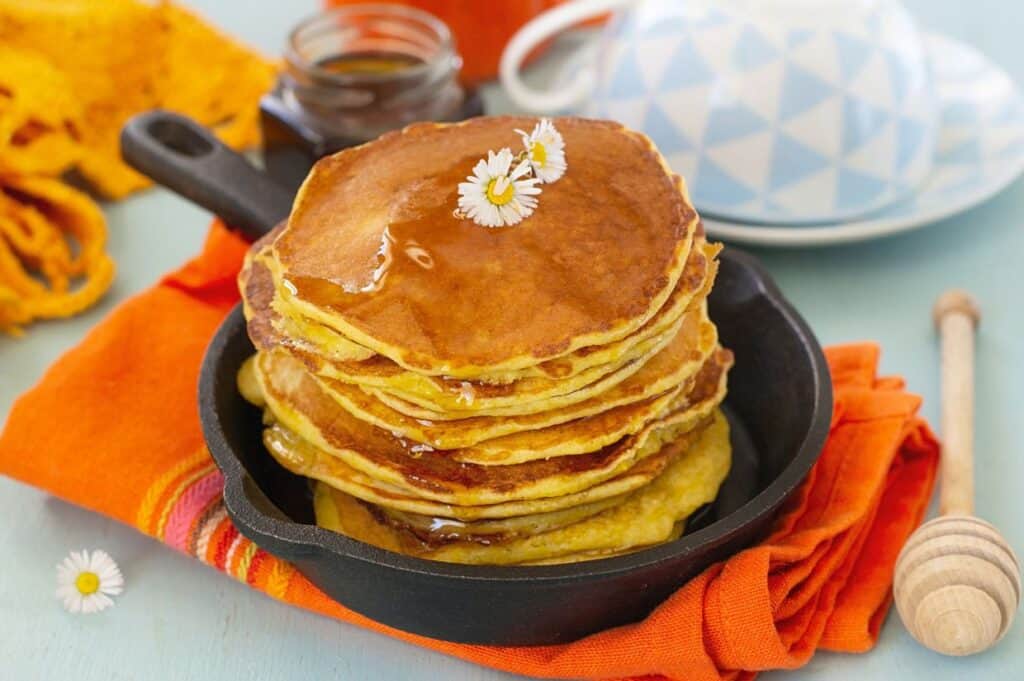
Hoecakes: The original cornbread
Before cornbread as we know it today became a Southern staple, there were hoecakes. Southerners made these humble cakes with cornmeal, water and salt — sometimes with a splash of milk or egg if you had it. Back in the day, people prepared hoecakes over an open fire on the flat side of a garden hoe, hence the name. They were crispy, savory and simple, a real representation of the resourcefulness of early Southern cooks.
While cornbread has become more refined, hoecakes remain a rustic reminder of Southern roots. You can still find them served in a few places, especially alongside savory dishes like stewed greens or pulled pork. But they’re certainly not as popular as they once were. If you’ve never tried one, it’s time to bring them back into your kitchen — they’re quick to whip up and perfect for mopping up gravy or a rich sauce.
Chicken and pastry: Not your average chicken and dumplings
Chicken and dumplings are popular in the South, but there’s a variation that has flown under the radar: Chicken and pastry. This dish replaces fluffy dumplings with flat, rolled-out strips of dough simmered in a rich chicken broth. The result is a comforting, hearty dish with a texture that’s almost like a Southern version of chicken noodle soup, but thicker and more filling.
Chicken and pastry is the kind of dish that once filled Sunday tables across the South, but these days, you don’t see it as much. Perhaps rolling out the pastry dough takes more time, or maybe its dumpling cousin has overshadowed it. Either way, it’s a dish worth rediscovering if you crave something deeply satisfying.
Tomato gravy: A forgotten sauce with a tangy twist
Tomato gravy is one of those Southern classics that doesn’t get the love it deserves. It’s not the kind of gravy most people think of like the creamy, sausage-studded kind poured over biscuits. Instead, this sauce is made with fresh or canned tomatoes, cooked down with a little fat (like bacon grease or butter), and thickened with flour. The result is a tangy, savory gravy typically served over biscuits or rice.
In the past, tomato gravy was a way to stretch ingredients when meat was scarce or expensive. Today, it feels like a throwback to simpler times, but with the right tomatoes, it can be a vibrant addition to breakfast or dinner. Once you’ve tasted it, you’ll wonder why it ever fell out of favor.
Hoppin’ John: A New Year’s tradition with a history
If you’ve ever spent New Year’s Day in the South, you’ve probably heard of hoppin’ John. Southerners believe that eating this dish of black-eyed peas, rice and sometimes bacon or ham brings good luck on the first day of the year. But hoppin’ John wasn’t always just a New Year’s tradition. In fact, it used to be a common meal for families throughout the year.
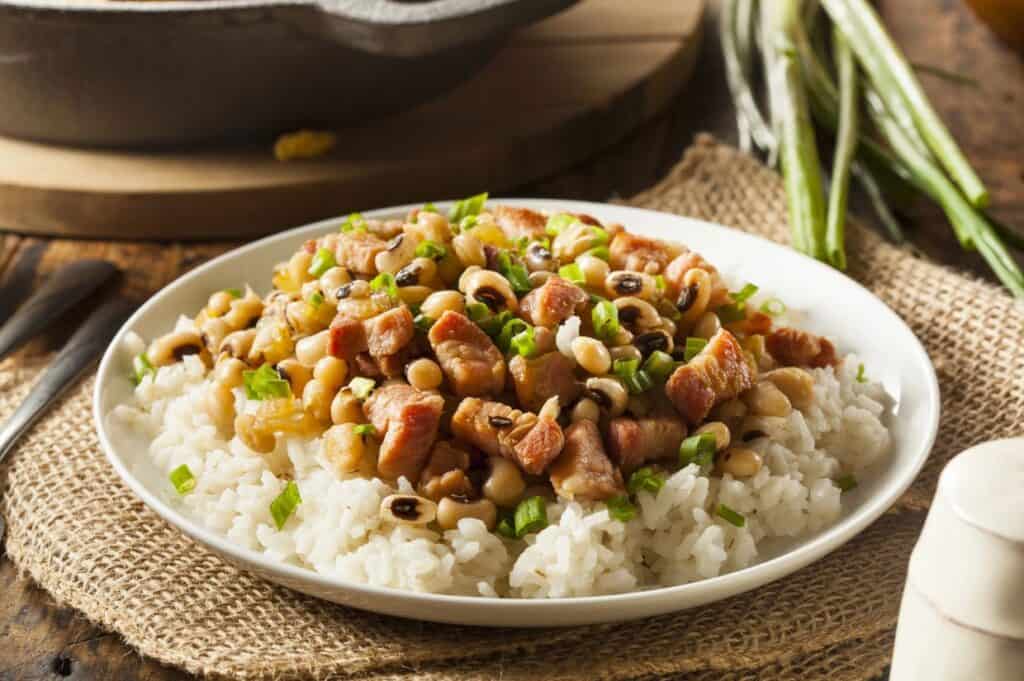
Hoppin’ John’s roots trace back to the Gullah people, enslaved Africans who lived on the Sea Islands of South Carolina and Georgia. The dish has influences from West African rice and bean dishes, and over time, it became a part of Southern cuisine. While many people still enjoy it on New Year’s, hoppin’ John is a dish that deserves more than just a once-a-year appearance.
Chess pie: A sweet slice of history
Chess pie might not be completely forgotten, but it’s certainly not as common as some more popular Southern desserts like pecan pie or banana pudding. Made with a simple filling of eggs, sugar, butter and a bit of cornmeal or flour, chess pie is rich and sweet, with an almost custard-like texture.
The origins of chess pie are a little murky. Some say the name comes from an old-fashioned way of saying “just pie,” while others believe it’s derived from the word “cheese,” as the pie has a texture similar to cheesecake. Regardless of where the name comes from, chess pie is a humble, homey dessert that’s worth bringing back to your table.
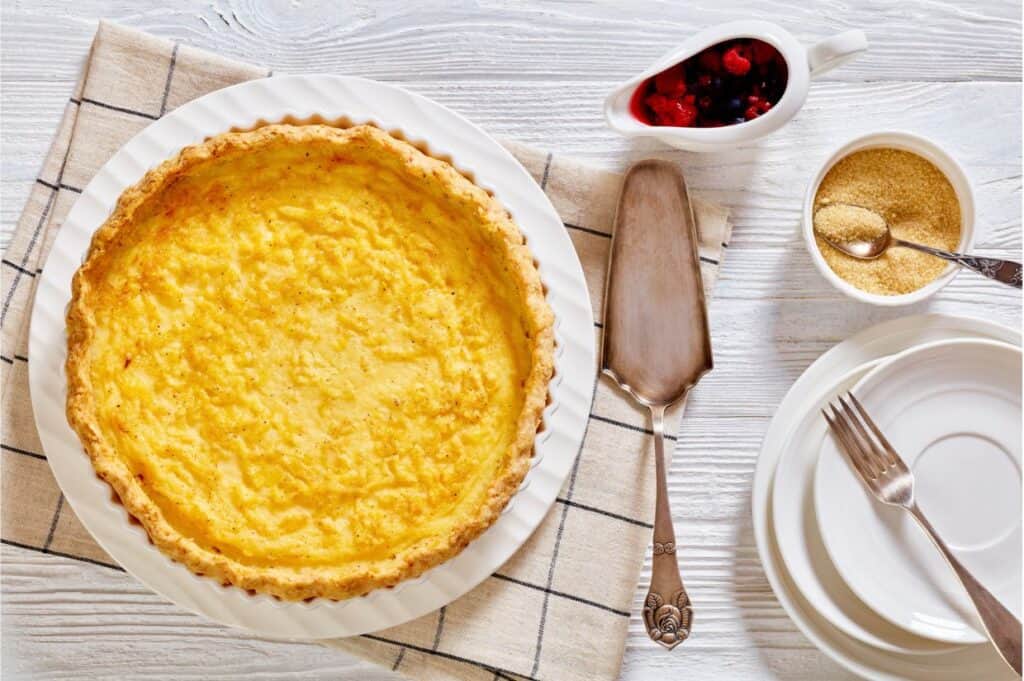
Sonker: A Southern take on cobbler
You’ve probably had cobbler before, but have you ever heard of sonker? This dessert is a lesser-known cousin to cobbler and a specialty of North Carolina, particularly in Surry County. Sonker is typically made with fruit (like peaches, berries or apples) and has a unique crust that’s somewhere between a biscuit and a pie dough.
What sets sonker apart from other fruit desserts is the way it’s served. Traditionally, it’s paired with a sweet milk sauce called “dip” that you pour over the top. This little detail makes sonker stand out as a distinct Southern dessert, even if it’s not as widely known. If you’re a fan of cobblers, pies or any fruit-based sweets, sonker is a hidden gem you should try.
Beaten biscuits: The labor of love
Biscuits are a Southern icon, but beaten biscuits? They’ve mostly faded into obscurity. Unlike the fluffy, tender biscuits we know today, beaten biscuits are hard and cracker like. They’re made by literally beating the dough with a mallet or rolling pin for an extended period of time, which helps incorporate air and gives them their unique texture.
Beaten biscuits were once a labor-intensive staple, often served with country ham. Today, the idea of spending so much time preparing a biscuit seems a bit extreme, especially when we’ve got such easy recipes for the fluffy kind. But if you ever find yourself wanting to experience a true piece of Southern food history, beaten biscuits are an interesting throwback worth trying — if you’ve got the arm strength for it!
Rediscovering Southern traditions
The beauty of Southern cooking lies in its ability to evolve while still holding on to its roots. And while many of these forgotten classics may not be in the spotlight anymore, they each have a story to tell. By bringing these dishes back to life in our own kitchens, we can reconnect with the flavors, traditions and resourcefulness that have shaped Southern cuisine for generations. So, the next time you plan a meal, why not try one of these old favorites? You might just find a new favorite hidden in the past.
